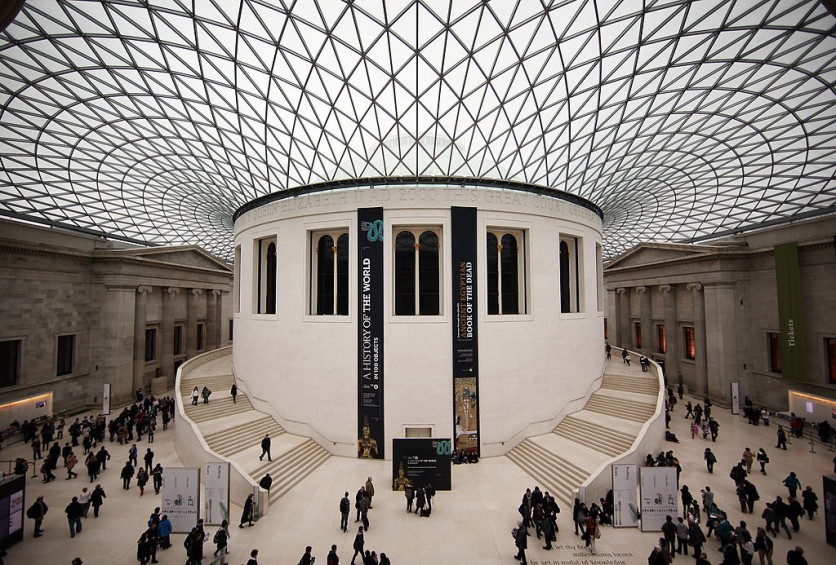After a controversial scandal at The British Museum, it is now reported to be looking to digitize its permanent collection so that it would avoid further art theft. This follows a massive problem that was said to be 20 years in the making, with over 2,000 pieces from its collection stolen from the exhibits, highly tarnishing its integrity, security, and control from within.
While the investigations are ongoing, there are still no culprits found by the police and the institution, with its name on the line in their future operations.
The British Museum is Going Digital with its Collection

ARTNews reported that the British Museum has recently announced its plans to digitize its entire permanent collection, and this totals more than eight million pieces. This comes after its initial problem where it faced massive art theft earlier this year, seeing as much as 2,000 precious artifacts from the 15th Century BC to 19th Century AD stolen by thieves.
It is estimated that this process would take a long, five years to complete, particularly with the need for documentation and upload of more than 2.4 million records from the museum.
British Museum Board chairperson George Osborne said that part of the reason was because of repatriation requests for some items, further stating that the museum has a "pretty good website" with soon-available digital access.
Art Theft: Is Going Digital the Answer?
It is believed by reports that The British Museum's primary reason lies with the art theft incident, a 20-year scandal that ensued for years behind the institution's back. While it remains unknown which is its main reason, this effort would truly reduce the risks of art theft moving forward, with the pieces allowed to be stored on off-site vaults to further preserve and protect it.
Museums and Art
Art has served as a window to the past, present, and future of human culture and history, with museums serving as places that will help transport visitors to these points in time or experiences. While some artists are no longer with us in the world, their works are immortalized through museums, take for example Andy Warhol's never-before-seen projects featured at New York's MoMA in 2014.
Earlier this year, an iconic digitalization was commenced by the National History Museum, centering on "Snowflake Bentley's" collection from the early days. Wilson Alwyn Bentley is best known for being the first to capture detailed photos of a snowflake, a.k.a. snow crystal photomicrographs, with NHM buying this in 1899, and digitizing the collection this 2023.
Digitizing artworks is a practice done to preserve art further, as well as allow people to experience them online or via their devices to give a more immersive experience. However, for The British Museum's case, it is reportedly because of the massive art theft that it experienced, with as much as 8 million pieces seeing digitalization, and possibly an entirely new experience.





